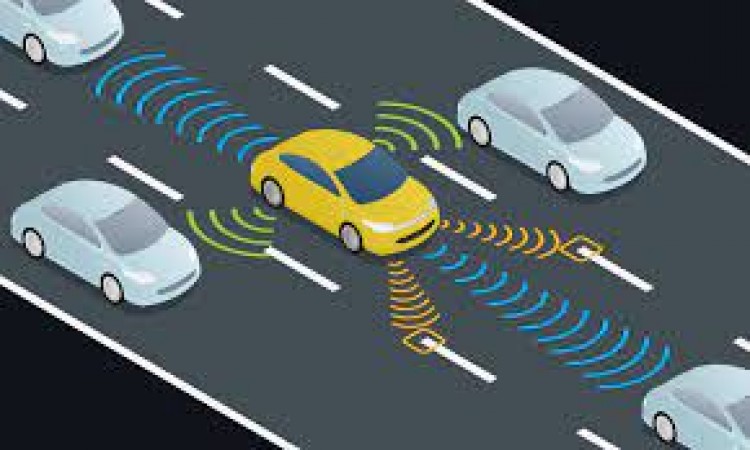
As technology advances, our vehicles are becoming smarter and more interconnected. One of the most promising developments in the automotive industry is car-to-car communication, also known as vehicle-to-vehicle (V2V) communication. This cutting-edge technology enables cars to communicate with each other in real-time, enhancing road safety, reducing accidents, and improving overall driving efficiency. In this article, we explore the concept of car-to-car communication, its benefits, challenges, and its potential to revolutionize the way we travel on our roads.
What is Car-to-Car Communication?
Car-to-car communication refers to the exchange of data and information between vehicles using wireless technology. This communication occurs through dedicated short-range communication (DSRC) systems, which utilize a specific frequency band for secure and fast data transmission. Vehicles equipped with this technology can send and receive messages, alerting nearby cars about their position, speed, and potential hazards, all in real-time.
Enhancing Road Safety: One of the primary advantages of car-to-car communication is its potential to significantly enhance road safety. By providing vehicles with the ability to "see" around corners and beyond their immediate line of sight, V2V communication can prevent accidents caused by blind spots and unexpected obstacles. Cars can exchange information about their positions, speed, and direction, enabling them to predict potential collisions and alert drivers to take appropriate evasive actions.
Collision Avoidance: Car-to-car communication plays a crucial role in collision avoidance systems. When equipped with V2V technology, vehicles can warn drivers about imminent collisions, even if they are out of sight. For example, if a car suddenly applies its brakes or makes a sudden lane change, nearby vehicles can receive instant alerts and respond accordingly. This capability has the potential to save countless lives and prevent many accidents on our roads.
Optimizing Traffic Flow: Car-to-car communication not only benefits individual drivers but also contributes to the overall efficiency of traffic flow. With real-time information on traffic conditions and congestion levels, vehicles can make intelligent decisions about speed and route adjustments. As a result, traffic jams and bottlenecks can be minimized, leading to smoother and more efficient journeys for all drivers.
Challenges and Adoption: While car-to-car communication holds tremendous promise, its widespread adoption faces certain challenges. The technology requires a critical mass of vehicles equipped with DSRC systems to be effective fully. Additionally, concerns about data privacy and cybersecurity need to be addressed to ensure that communication remains secure and protected from potential hacking attempts.
Collaboration and the Future: To make car-to-car communication a reality, collaboration between automotive manufacturers, governments, and technology companies is essential. Industry standards and regulations must be established to ensure uniformity and compatibility across different vehicle brands. As more vehicles embrace this technology, we can expect to see a significant reduction in accidents, traffic congestion, and fuel consumption, leading to a safer and more sustainable future for transportation.
Hyundai Unveils the 2024 Santa Fe: A Bold Redesign for the Ultimate Family SUV Experience
How to Prevent Car Rust during the Rainy Season
From Foldable Phones to Smart Homes: The Ultimate Tech Review Guide